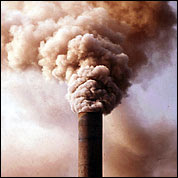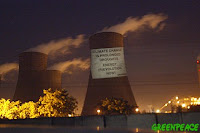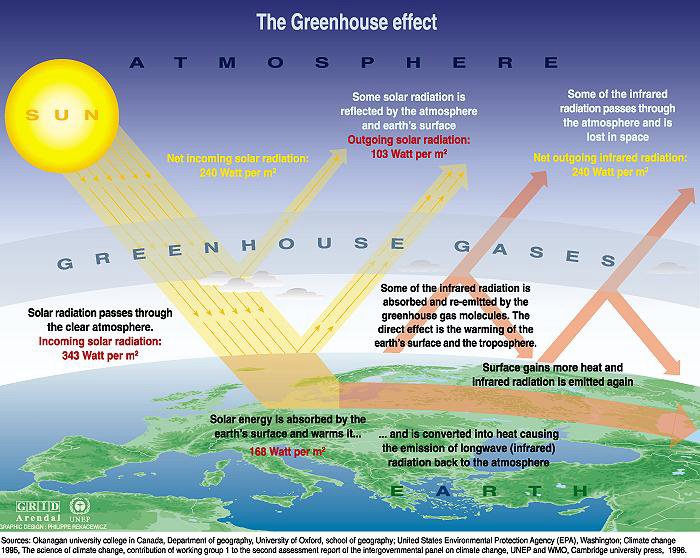BACKGROUND INFO. ON CHERNOBYL
In 1986 a nuclear reactor exploded at Chernobyl. One-hundred-ninety tons of radioactive material poisoned a quarter of the Russian population and the Russian landscape. The traces are still visible. Many Russians become ill from the radioactive materials that they ingest daily with their food and drinking water. A new generation has to contend with a whole range of physical, neurological and psychological disorders.

Paul Fusco photographed daily life in the affected region for CHERNOBYL RADIATION (1997). See this moving photo essay. Fusco concentrated primarily on the child care institutions in Minsk. Many babies that are so deformed that they are no longer wanted by their parents end up there. Although the nuclear reactor at Chernobyl is now encased in steel and concrete, it continues to leak radioactive materials.
Why is this important?
The Ontario provincial government is planning to spend $43 billion on nuclear energy in the next few years, even though it is unreliable and unsafe, to judge from the fact that the existing reactors are offline, that Darlington sits on an earthquake fault, represents a great target for terrorist activities, produces toxic waste for which there is no plan for disposal and which will be lethal for 25,000 years.
If the same type of nuclear disaster that happened in Chernobyl were to occur at the Darlington station, it would affect a thirty mile area extending over a large part of the GTA, contaminating millions. Can we afford that risk?

Caption: Bruce nuclear power plant, Ontario
Watch a great satire of the what Ontario wants Ontarians to think about nuclear power: Satire of McGuinty energy plan.
The nuclear industry of Canada has spent millions on public advertising to convince us that it is safe -- and given that these reactors exist, we all want to believe that's true -- but is questionable at best:
"In August 1997, following a series of safety problems at Pickering and elsewhere, Ontario Hydro announced that seven nuclear reactors would be closed and others repaired at a cost of several billion dollars. At the time, the Chair of OH stated that the nuclear division operated like a "special nuclear cult." Special treatment also extends to liability in the event of a power reactor accident. The nuclear industry has its own federal law, limiting civil liability for off-site damages to $75 million, even if those damages are in the billions. No insurance company will insure private property against the consequences of a nuclear accident." Source
Question: why is McGuinty going to spend billions of tax dollares on nuclear power when wind power is actually clean, safe and reliable and there is enough potential wind power in Ontario to produce more than what we currently use on peak energy days in August? See Renewable is Doable. The truth is that we need neither coal nor nuclear power in Ontario.
There may be a low probability of technical error and safety risks for reactors in Canada, but there is a very risk if things do go wrong, as Chernobyl proves, and ethically we cannot justify that kind of risk for the sake of power that could be generated through clean, safe renewable energy.
Conclusion: If we want to prevent further Chernobyls, we ought to oppose this massive expenditure on nuclear power and demand that those funds go to renewables, to conservation, and energy efficiency retrofits of housing and infrastructure.





















































































































































































































































.jpg)











































































































































































































































No comments:
Post a Comment